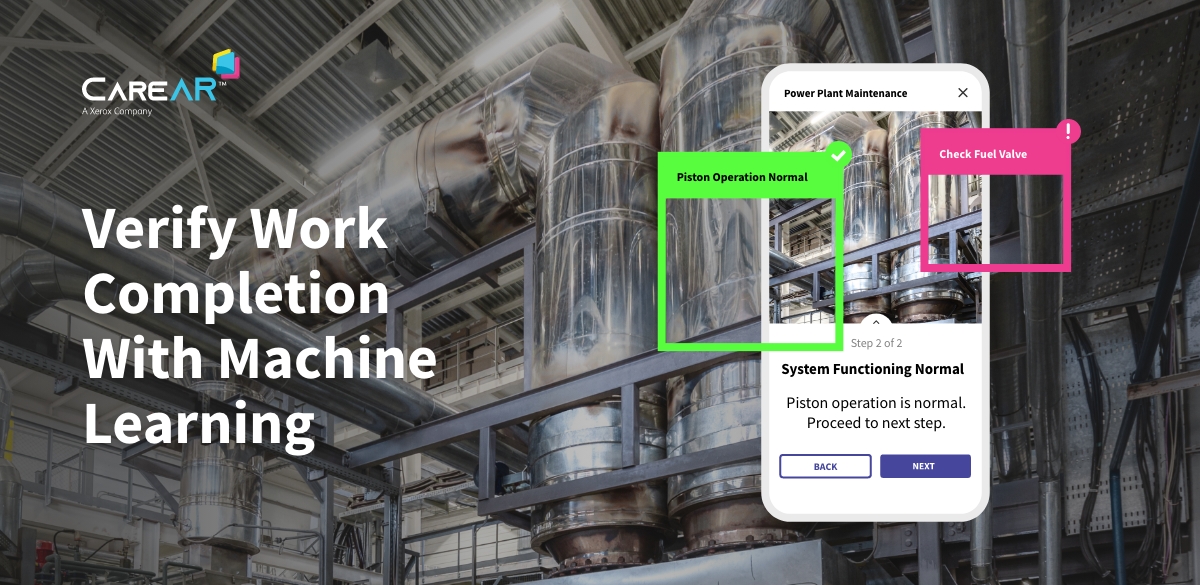Workplace safety isn’t just a box to tick, it’s a vital commitment to protecting your most valuable asset – your people. Traditional methods of ensuring compliance rely on manual observation, spot checks, and self-reporting. These methods can be slow, error-prone, and reactive. But what if you could monitor safety proactively, identify problems before they happen, and provide real-time feedback to prevent accidents? Enter the revolutionary world of visual verification driven by AI computer vision object detection!
Picture an ever-watchful AI-powered system, continuously monitoring your workplace with cameras and sensors. This technology effectively tracks compliance by monitoring adherence to safety protocols, like lockout tagout procedures, wearing personal protective equipment (PPE) or handwashing, and provides data-driven insights for targeted training.
But unlike a silent alarm, computer vision goes beyond simply seeing the problem. It analyzes real-time visual data, triggering automated responses that promote safety. Here’s how:
- Instant alerts: Workers receive visual or audio notifications directly on smart devices when they stray from safe behavior.
- Targeted communication: Safety messages and instructions automatically display on their mobile device, providing context-specific guidance.
- Data-driven decision-making: Compliance trends and hazard patterns are tracked over time, allowing companies to pinpoint areas for improvement and customize safety measures.
Benefits of Computer Vision
The advantages of adopting computer vision for workplace safety are substantial:
- Reduced accident rates: Proactive hazard detection and real-time warnings prevent accidents before they happen, creating a healthier and safer environment.
- Improved compliance: Continuous monitoring and feedback ensure consistent adherence to safety protocols, minimizing risks and legal repercussions.
- Enhanced productivity: Streamlined safety procedures and instant guidance save time and improve worker efficiency.
- Boosted morale: A proactive approach to safety demonstrates a commitment to employee well-being, fostering trust and engagement.
Implementing computer vision might seem daunting, but AI and cloud technology advancements have made it more accessible and affordable than ever. From construction sites to manufacturing plants, and hospitals to office buildings, the applications are endless.
CareAR Visual Verification
CareAR’s visual verification technology utilizes computer vision object and state detection to ensure worker safety and compliance. CareAR provides a full suite of tools that anyone, not just AI experts, can use to generate custom machine learning (ML) models for your specific needs. Visual verification coupled with CareAR Instruct makes creating step-by-step procedures with compliance checks possible.
Visual verification employs computer vision AI-based object detection trained on a custom data set to visually identify objects (such as equipment and parts) and their states (position, on, off, in, out, etc). When integrated into an Instruct experience, the visual verification step can confirm whether a task was completed correctly. This can be advantageous for ensuring safety compliance, procedural accuracy, and improved work quality.
How Visual Verification Works
Visual verification involves a comprehensive process for creating custom datasets, efficiently labeling the datasets, training a machine learning model, and testing the model. The pipeline is designed so that a business can rapidly create custom ML models for object detection in a fraction of the time compared to traditional methods. In addition to creating the ML model, CareAR Experience Builder can be used to quickly integrate the ML model into a workflow that provides step-by-step instructions supported by AI visual verification for technicians and customers.
Visual verification Process flow:
- Scan – Scanning is performed using the CareAR app scanning functionality, making it easy to create an image data set quickly for training an ML model.
- Label – After the scans are finished, a user can log in to the CareAR portal’s object detection interface and label the data set using our 3D tools.
- Train – Once the scans have been labeled, they can be used to train an ML model for object and state detection.
- Validate – The model is automatically validated during the training process for testing in a real world environment.
- Build – The ML model can be integrated into a workflow using Experience Builder for customizing behavior during detections.
- Publish – After completing the experience, users can publish it, deploying the experience and ML model for accessibility by others.
CareAR Instruct’s visual verification feature is a game changer. By leveraging computer vision, businesses can transform their approach to safety, going beyond compliance to create a proactive and data-driven culture that truly protects their employees. So, are you ready to equip your workplace with the power of sight? The future of safety is clear, and it’s powered by intelligent computer vision visual verification.
Want to see CareAR Instruct visual verification in action? Watch free webinar.
